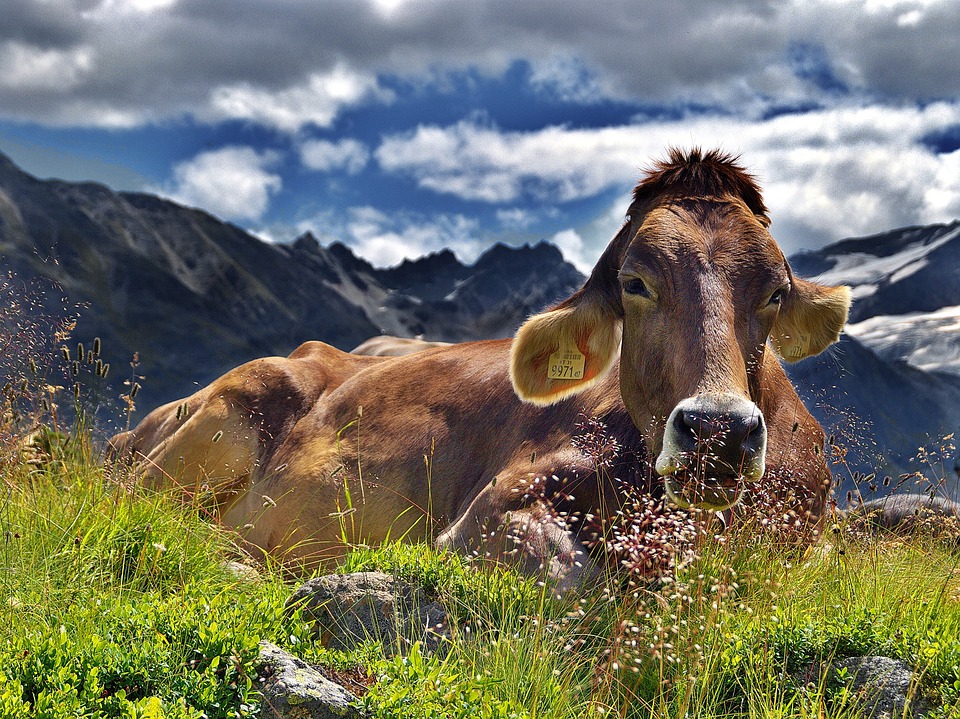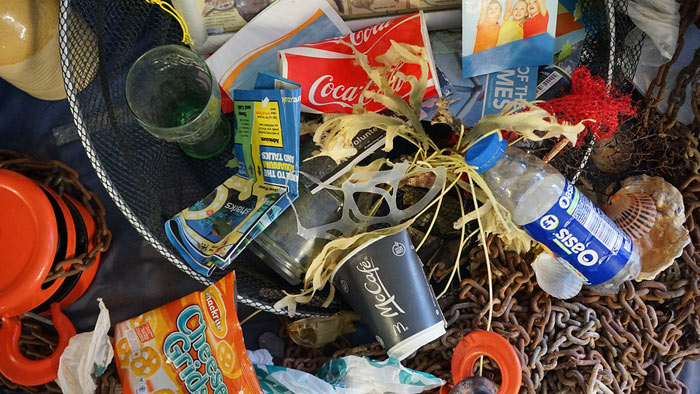More and more consumers are turning to sustainable products and healthy consumption habits than ever before. A transparent supply chain is becoming increasingly important; people want to know where their food comes from and how it impacts the world around them. For this reason, even major corporations like McDonald’s have made claims and promises to move towards more sustainable agricultural products. With that in mind, here’s what you need to know about sustainable beef consumption:

What is beef sustainability?
First and foremost, it’s important to know what exactly beef sustainability is. Beef sustainability is the process of producing safe, nutritious beef while simultaneously balancing environmental, economic, and social responsibility. With better animal health and welfare, the farmers and ranchers of today are able to produce the amount of meat as they did in 1977— with 33% fewer cattle.
The more efficient that animal production is, the fewer natural resources will be used and the lower their carbon footprint will be. New irrigation techniques, machinery, and higher standards of beef quality have helped aid the mission towards beef sustainability, however, it’s important to understand that this is an ongoing goal.
Social Improvements
Sustainability isn’t just about surface-level environmental concerns. With environmental considerations aside, a sustainable food supply chain also has the ability to balance economic and social impacts, too. To understand how beef sustainability improves social responsibility, it’s also important to have a better understanding of what social responsibility entails.
Social responsibility is an ethical theory and framework that suggests everyone — from organizations to individuals — take actions that benefit the larger society and balance ecosystems and economies. As you’ll see, when farmers take socially responsible steps, it creates a greater sense of awareness and a domino effect of socially conscious decisions from a top-down level; more companies follow best practices, and so do individual consumers.
A Habitat Helper

Over the past few years, beef has gotten a bit of a bad reputation, spawning a rise in vegan diets. Documentaries like “Food, Inc” and “Cowspiracy” cite some of the more harrowing statistics that plague the agricultural industry: for instance, a mere quarter pound of meat produces enough greenhouse grasses (due to methane released during defecation) to power your car for five miles. However, what most people don’t realize is that when utilized correctly, sustainable beef production can actually have regenerative effects.
The Earth’s entire landmass consists of grazing land. With that in mind, the ability to manage these grasslands for long-term food security and wildlife habitats is necessary—and certainly more than possible. For example, Blue Nest Beef partners with the Audubon Conservation Ranching program to farm 100% grass-fed cattle and employ protocols that ultimately help with habitat management and environmental sustainability. Because of this, grazing pastures that resemble natural prairies become habitats for threatened grassland species.
Regenerative Grazing
As previously mentioned, regenerative grazing is an effective way to help restore ecosystems. Yet, one of the reasons why more farmers aren’t getting involved in restorative grazing is because it’s fairly management intensive. To achieve this, livestock must be rotated across different farmlands to prevent overgrazing, and each rotation requires a follow-up analysis of pasture and readjustment of grazing plans.
Additionally, farmers who took this approach weren’t rewarded or recognized for their “extra mile” efforts. Recently, however, the importance of sustainable and regenerative farming has been more publicized. In addition to regenerative beef practices, other companies are also using these tactics in their production efforts. For example, Annie’s Inc. launched a line of macaroni and cheese products that focused on using regenerative farming practices during their wheat production. Many other companies have followed suit.
How You Can Help

Although positive practices begin with farmers and ranchers, humans also play a role as well. One of the simplest things a person can do is cut back on waste. Statistically, one-third of all food produced for human consumption is wasted. The average American family wastes about $2,500 of food annually. Roughly 20% of purchased beef is left to spoil or remains uneaten. By paying more attention to the food you waste, you can contribute to a more sustainable world.
Another way you can help is by focusing your efforts on consuming beef that’s raised sustainability. The more that these pro-environmental companies get the customers they need, the more likely larger companies will be to follow suit, creating a trend of positive reinforcement. Start asking questions about where your food comes from, and make well-informed decisions about your consumption.










